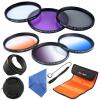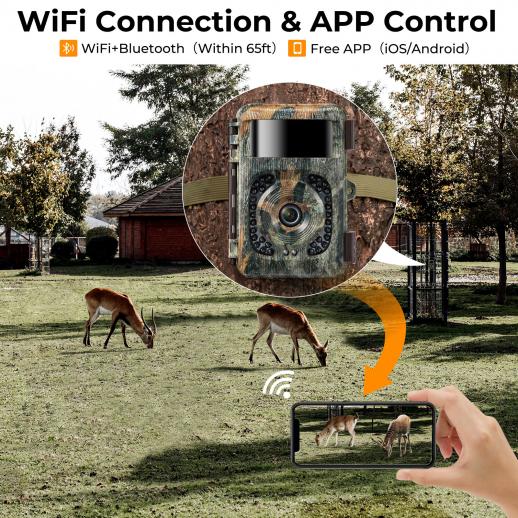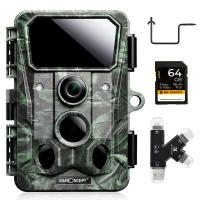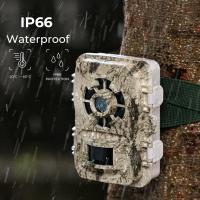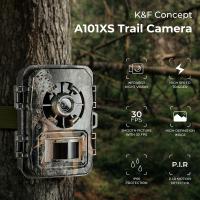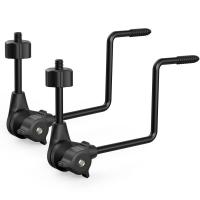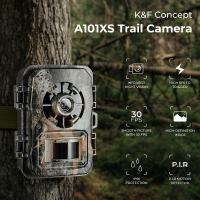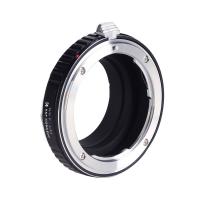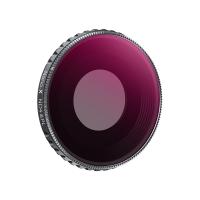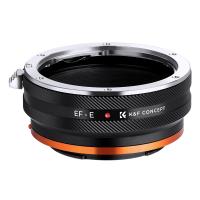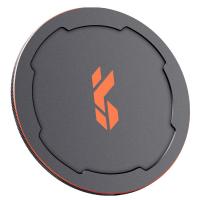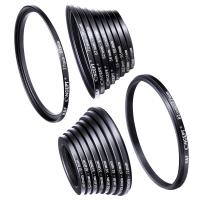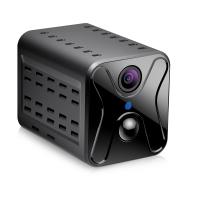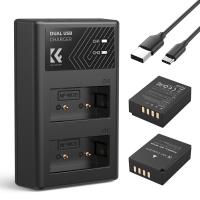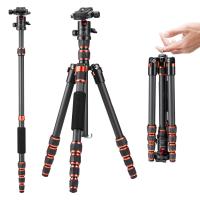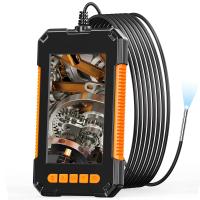Linking Trail Cameras
- 00 days
- :
- 04 hours
- :
- 28 min
- :
- 14 sec
- * KF35.133 =KF35.127S1=KF35.127V1+KF28.0011*2+KF42.0013 Customizable monitoring period for optimal surveillance:The linking trail camera allows you to set the monitoring period from 0-24 hours, ensuring that you capture all the necessary footage.
- * Photo-taking mode for clear and detailed images:The camera's photo-taking mode ensures that you get clear and detailed images of the area under surveillance.
- * Fully automatic infrared filter unit for enhanced visibility:The camera's fully automatic infrared filter unit ensures that you get enhanced visibility, even in low-light conditions.
- * Unlimited area of use for maximum coverage:The linking trail camera can be used in any area, making it ideal for a wide range of surveillance applications.
- * Timing shooting function for precise monitoring:The camera's timing shooting function allows you to set the interval between shots from 3 seconds to 24 hours, ensuring that you capture all the necessary footage at the right time.
Linking trail cameras refers to the process of connecting multiple cameras together to create a network of cameras that can be monitored remotely. This is often done in wildlife research and management to monitor animal behavior and population dynamics. By linking trail cameras, researchers can cover a larger area and get a more comprehensive view of the wildlife in the area. This can help them make more informed decisions about conservation efforts and hunting regulations. There are various ways to link trail cameras, including using wireless networks, cellular networks, or physical cables. Each method has its own advantages and disadvantages, and the choice of method depends on the specific needs of the research project. Overall, linking trail cameras is an important tool for wildlife research and management, and it has revolutionized the way we study and understand wildlife populations.

Related accessories:
1. Trail Camera Mounting Bracket: A mounting bracket is an essential accessory for linking trail cameras. It allows you to attach the camera to a tree or post, ensuring that it remains stable and secure. The bracket should be adjustable to fit different camera sizes and have a locking mechanism to prevent theft.
2. Trail Camera Security Box: A security box is another accessory that is essential for linking trail cameras. It provides an extra layer of protection against theft and damage. The box should be made of durable materials and have a locking mechanism that is compatible with the mounting bracket.
3. Trail Camera Solar Panel: A solar panel is an accessory that can help extend the battery life of your trail camera. It is especially useful if you plan to leave the camera in the field for an extended period. The solar panel should be weather-resistant and easy to install.
4. Trail Camera SD Card Reader: An SD card reader is an accessory that allows you to quickly and easily transfer images and videos from your trail camera to your computer or mobile device. The reader should be compatible with different types of SD cards and have a fast transfer speed.
5. Trail Camera External Battery Pack: An external battery pack is an accessory that can help extend the battery life of your trail camera. It is especially useful if you plan to leave the camera in the field for an extended period. The battery pack should be weather-resistant and easy to install.
6. Trail Camera Wireless Transmitter: A wireless transmitter is an accessory that allows you to remotely access your trail camera's images and videos. It is especially useful if you have multiple cameras set up in different locations. The transmitter should be compatible with different types of cameras and have a reliable connection.

Product Advantages:
1. Enhanced Surveillance: Linking trail cameras allows for enhanced surveillance capabilities. By connecting multiple cameras, you can cover a larger area and capture more footage, providing a more comprehensive view of the area under surveillance.
2. Real-Time Monitoring: Linking trail cameras enables real-time monitoring of the area under surveillance. This means that you can receive alerts and view footage as it happens, allowing for quick response times and improved security.
3. Improved Efficiency: Linking trail cameras can improve efficiency by reducing the need for manual checks and patrols. With real-time monitoring and alerts, you can quickly identify and respond to any potential threats, reducing the need for constant physical presence.
4. Cost-Effective: Linking trail cameras can be a cost-effective solution for surveillance. By covering a larger area with fewer cameras, you can save on equipment costs and reduce the need for additional personnel.
5. Easy to Install: Linking trail cameras is easy to install and set up. With wireless connectivity, you can quickly connect cameras and start monitoring the area under surveillance.
6. Versatile: Linking trail cameras is a versatile solution that can be used in a variety of settings, including wildlife monitoring, home security, and commercial surveillance. With a range of features and capabilities, trail cameras can be customized to meet the specific needs of any application.

Related technologies:
1. Wireless Connectivity: One of the latest application technologies in trail cameras is wireless connectivity. This feature allows users to connect their cameras to their smartphones or other devices via Wi-Fi or Bluetooth. This enables users to remotely control their cameras, view live footage, and receive notifications when the camera detects motion.
2. Cloud Storage: Another key application technology in trail cameras is cloud storage. This feature allows users to store their footage in the cloud, rather than on a physical memory card. This provides users with greater flexibility and accessibility, as they can access their footage from anywhere with an internet connection.
3. Artificial Intelligence: Many trail cameras now incorporate artificial intelligence (AI) technology. This allows the camera to detect and identify specific objects or animals, such as deer or humans. This feature can help users to better understand the behavior of wildlife in their area, and can also be used for security purposes.
4. High-Resolution Imaging: Finally, many trail cameras now offer high-resolution imaging capabilities. This allows users to capture clear, detailed images and videos, even in low-light conditions. This feature is particularly useful for wildlife photography and surveillance applications, where image quality is critical.
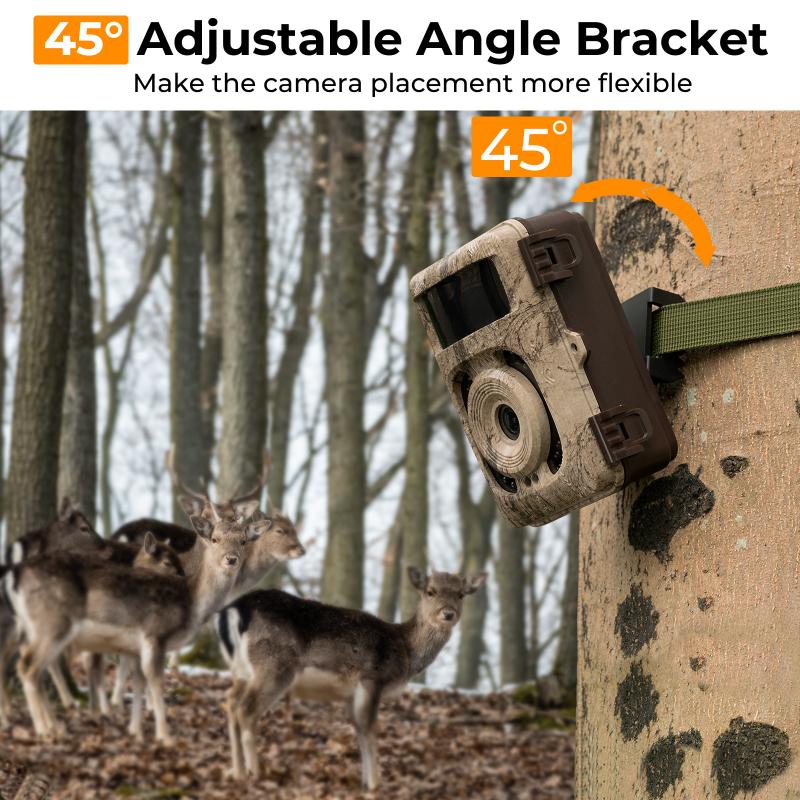
Common problems:
Error 1: Incorrectly linking trail cameras
If trail cameras are not linked correctly, they may not function properly. To solve this issue, ensure that the cameras are linked according to the manufacturer's instructions. Double-check that the cameras are connected to the same network and that the settings are configured correctly.
Error 2: Poor image quality
Poor image quality can be caused by a variety of factors, including incorrect camera settings, dirty lenses, or low battery life. To solve this issue, check the camera settings to ensure that they are optimized for the environment. Clean the lenses with a microfiber cloth and replace the batteries if necessary.
Error 3: Camera not triggering
If the camera is not triggering, it may be due to incorrect placement or a malfunctioning sensor. To solve this issue, ensure that the camera is placed in an area with sufficient movement to trigger the sensor. If the sensor is malfunctioning, contact the manufacturer for assistance.
Error 4: Memory card errors
Memory card errors can occur if the card is full, damaged, or not compatible with the camera. To solve this issue, ensure that the memory card is compatible with the camera and has sufficient space. If the card is damaged, replace it with a new one.

Product parameters:
Area of use : unlimited
Moon image watermarking : Support
Timing shooting function : 3 seconds - 24 hours
Monitoring period setting : 0-24 hours
Bluetooth distance : 20 meters outside
Motion Sensing Delay : 3 seconds-10 minutes (default 30 seconds)
Thermal IR Sensitivity : 65ft/20m
Number of consecutive shots : 1 shot in a row, 2 shots in a row, 3 shots in a row, 10 shots in a row
Working mode : Photo-taking
Infrared filter unit : Fully automatic
- All Reviews
- Image

